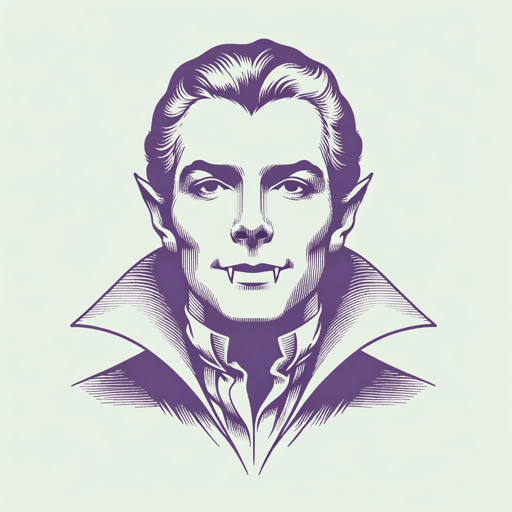27 pages • 54 minutes read
Stephen KingWhy We Crave Horror Movies
Nonfiction | Essay / Speech | Adult | Published in 1981A modern alternative to SparkNotes and CliffsNotes, SuperSummary offers high-quality Study Guides with detailed chapter summaries and analysis of major themes, characters, and more.
Summary and Study Guide
Summary: “Why We Crave Horror Movies”
In the essay “Why We Crave Horror Movies,” Stephen King—a novelist and writer known as the “King of Horror”—elucidates what draws people to not just watch but crave horror movies. The essay was first published in the January 1981 issue of Playboy magazine, by which time King had written seven novels (Carrie, The Shining, Salem’s Lot, The Dead Zone, The Stand, Firestarter, and Cujo), a novella, several novels published under the pseudonym Richard Bachman, a short fiction collection, and the nonfiction book Danse Macabre. In 1976, his novel Carrie was adapted into a film, the first of many of his books to be adapted for the screen, including Salem’s Lot in 1979 (as a television miniseries) and The Shining in 1980.
This study guide refers to a reprint of “Why We Crave Horror Movies” published in Models for Writers: Short Essays for Composition, Eighth Edition from 2004, edited by Alfred Rosa and Paul Eschholz. King’s essay examines why modern movie audiences love to watch horror films—the primitive urges and emotions that drive this desire and the necessity to express them. He proposes that the appetite for horror is a need that all people have.
Content Warning: The essay refers to “insanity,” which is often a stigmatizing term to discuss mental health and psychology. To reflect this, the guide encases the term in quotation marks. The essay also refers to lynching.
King begins with the idea that all people are “insane” in some way but that most are adept at hiding it. He notes that everyone has seen a person on the street who seems to be “insane” or knows someone with an irrational fear. King posits that the “insanity” of everyday people stems from irrational fears, such as the fear of snakes, claustrophobia, or the fear of heights—and the ultimate, most notable fear: the fear of death. King proposes that going to see a horror movie is a way of “daring the nightmare” or facing that fear (Paragraph 2), albeit differently than facing the fear head-on.
He points out the different reasons that people watch horror movies, such as to prove that they have no fear, for amusement, and to confirm their sense of “normality” by comparing themselves to the characters and plots of these movies and viewing them as separate from their own lives. He notes that watching horror movies for fun and as a form of entertainment is a strange pastime because of the enjoyment of seeing others being stalked or killed by evil entities. King cites an unnamed critic who makes the case that horror movies are the “modern version of the public lynching” (Paragraph 6) because of its public and collective nature; watching a lynching, while horrific, was once a means of entertainment, a desire for human bloodshed that resides in just about everyone. He considers how the past experience of attending a lynching parallels the collective experience and entertainment of watching horror films in the present day.
King explains that horror movies provide audiences with absolutes, and he emphasizes that they remove the middle ground between “black and white,” or “good and evil.” Characters must be one or the other. Such films allow the viewer’s emotions and irrational side to run wild in a way similar to how children experience emotions and life without having much ability to control their feelings. He notes that society allows the sharing of certain emotions, like love and kindness, but emotions that are “anticivilization,” such as hatred or disdain, while meant to be suppressed, still require exercise, much like people exercise to maintain muscular strength. Horror movies provide a type of exercise for one’s “primitive” urges and emotions, he argues, that addresses these emotions without either suppressing them or letting them run rampant. They provide a certain equilibrium for the mind, keeping it balanced. Furthermore, King posits, all people experience these “uncivilized” emotions because everyone is “insane” in some way—everyone fears something, no matter how much or little that fear exhibits itself. He refers to this shared “insanity” existing along a spectrum, on which serial killers are on the extreme end, distant from the mild “insanity” of “regular” people who enjoy horror movies or might laugh at an inappropriate joke. He compares horror movies to jokes that are considered “sick”; both are similarly inappropriate entertainment for audiences or listeners.
King characterizes top-tier horror films as “reactionary, anarchistic, and revolutionary” (Paragraph 11), noting that they bring out the darkest aspects of people, the parts that enjoy a “sick” joke or the “insanity” that lies dormant in them most of the time. Horror films shine a light on the uncivilized nature that all people carry within them.
He concludes by considering why people should watch horror movies: not just for enjoyment but to keep humans’ primal urges and feelings from escaping and reaching the real world: Horror films thus allow audiences to tap into those urges and emotions without experiencing them in the extreme. He proposes that humans must experience these urges periodically in order to maintain their goodness and the positive emotions they bring to society.
Related Titles
By Stephen King
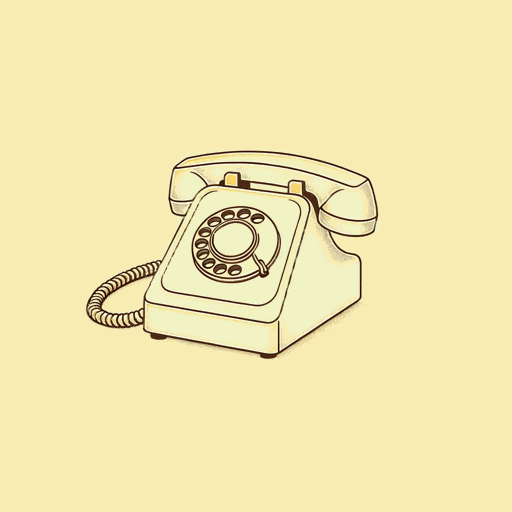
11.22.63
Stephen King
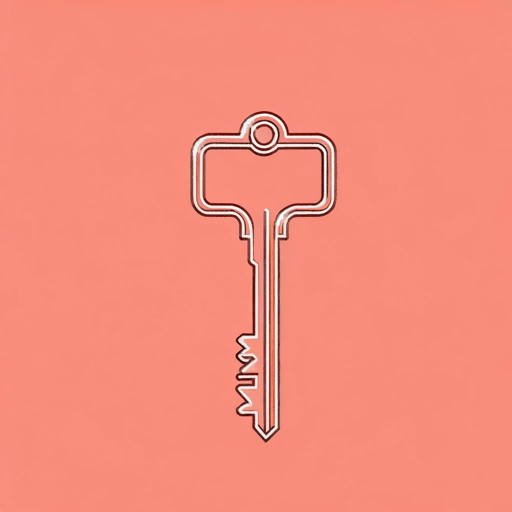
1408
Stephen King

Bag of Bones
Stephen King

Billy Summers
Stephen King
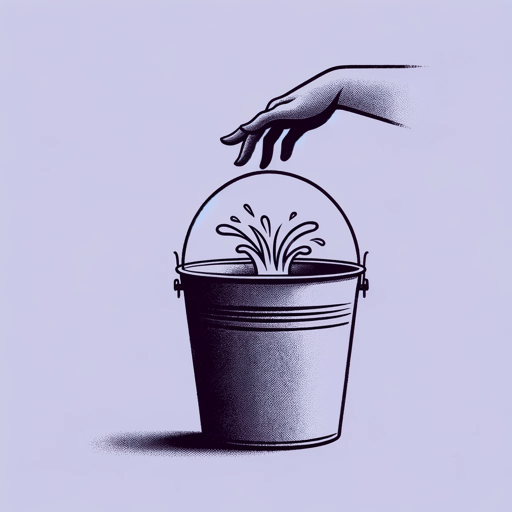
Carrie
Stephen King

Children of the Corn
Stephen King
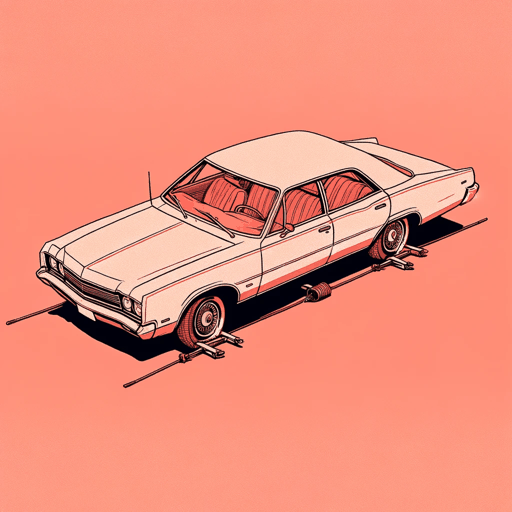
Cujo
Stephen King
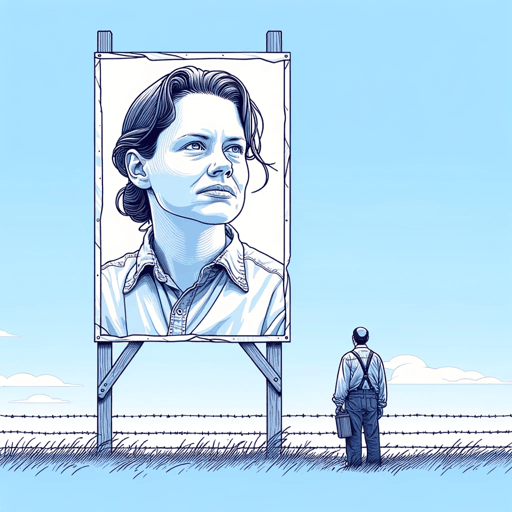
Different Seasons
Stephen King
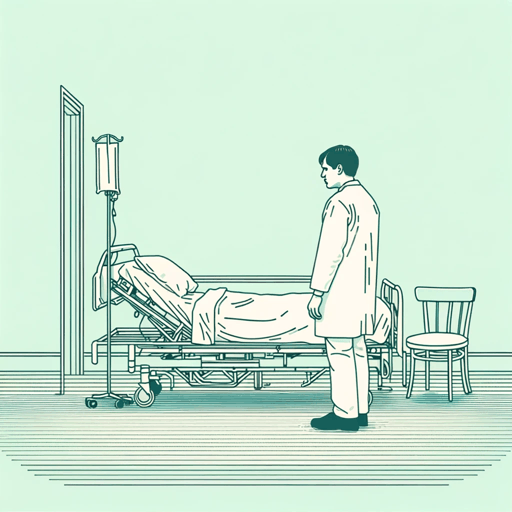
Doctor Sleep
Stephen King
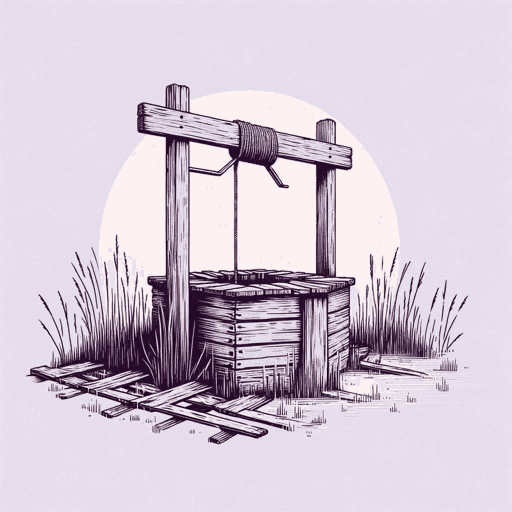
Dolores Claiborne
Stephen King
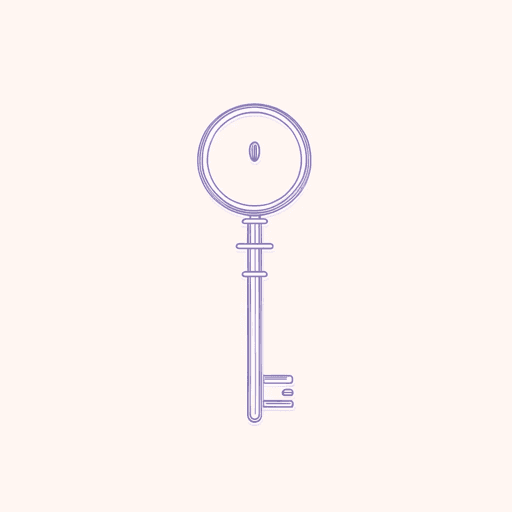
Duma Key
Stephen King
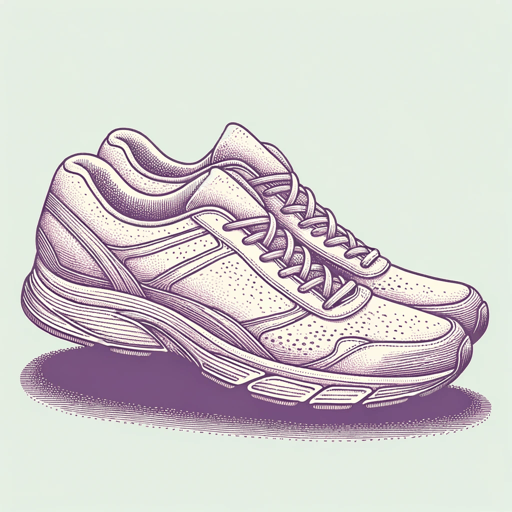
Elevation: A Novel
Stephen King

End of Watch
Stephen King
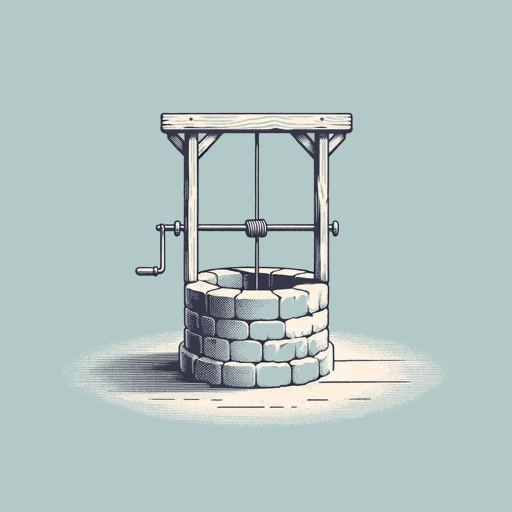
Fairy Tale
Stephen King

Finders Keepers
Stephen King
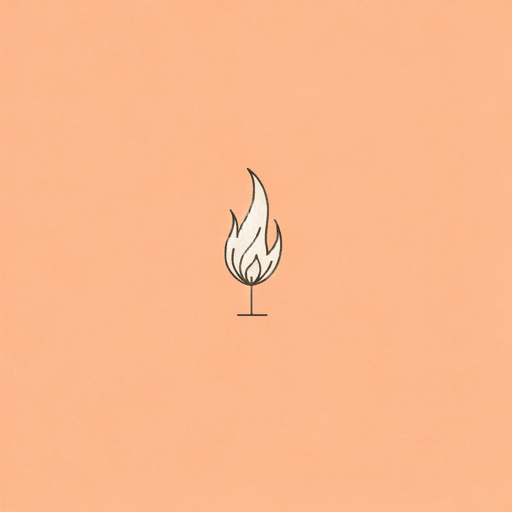
Firestarter
Stephen King

From a Buick 8
Stephen King

Full Dark, No Stars
Stephen King
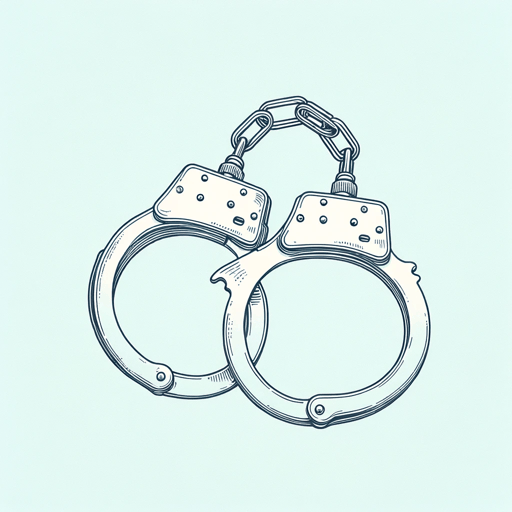
Gerald's Game
Stephen King

Gwendy's Button Box
Stephen King, Richard Chizmar
